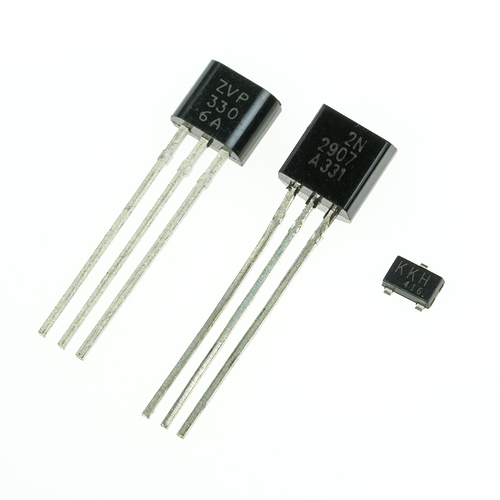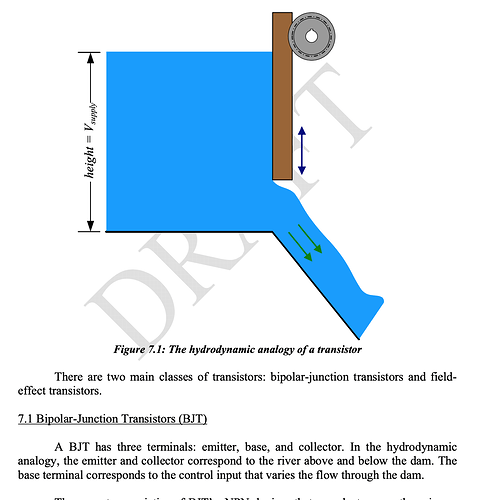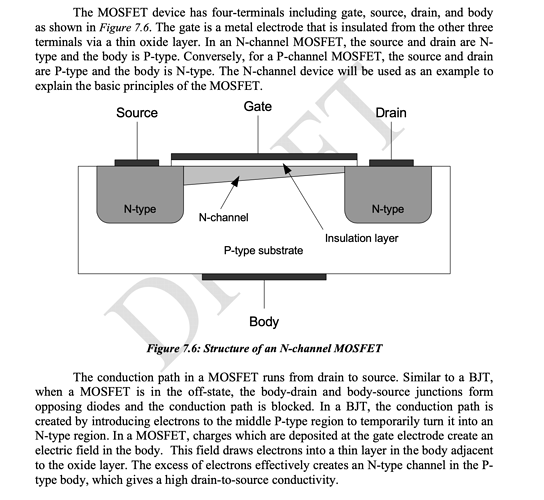Transistors are one of the basic building blocks of modern electronics. If you look at any integrated circuit (IC), you’ll often find billions of these devices etched into the shiny surface!
Formally defined, transistors are the most important example of “active” component, such in that they are devices that can amplify
- Output signal has more power than input signal
- Voltage amplification is not key component (passive component like step-up transformer can increase gain|
- Single most powerful resource for interfacing between ICs and circuitry |
In modern computer design, transistors are used as “excellent electronic switches”. They can turn currents on and off billions of times per second. Digital computers use transistors as a basic mechanism for storing and moving data.
Taking a step back in history, you’ll first find the use of Bi-Polar Junction Transistors. They have three terminals: emitter, base and collector. In circuits that use discrete transistors, BJTs are used as a switch to turn on and off currents to components like LED’s.
MOSFETs are field-effect transistors that are far more commonly used in today’s integrated electronic circuits. Millions of MOSFETs can be found in a computer CPU.
In terms of stand-alone MOSFETS for analog devices (think like Arduino projects, commercial devices with PCBS), they’re used for switching and amplifying voltages in circuits.


